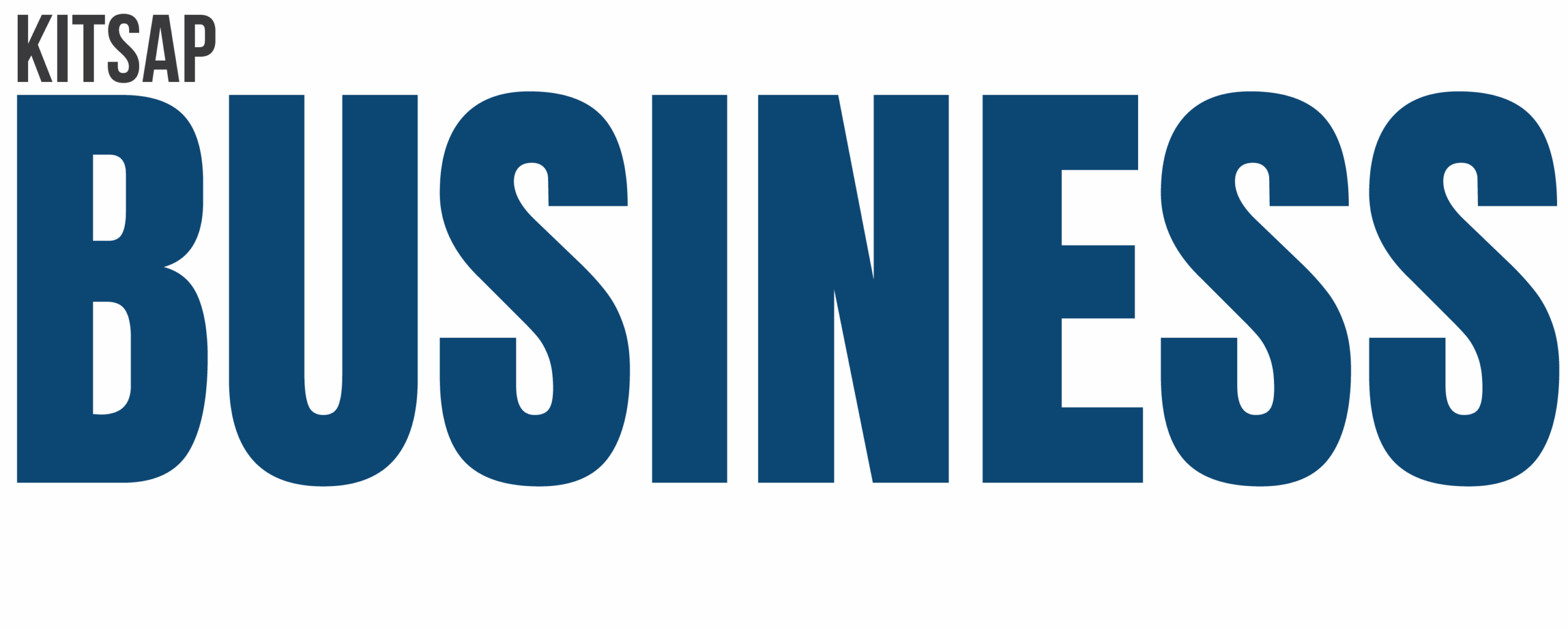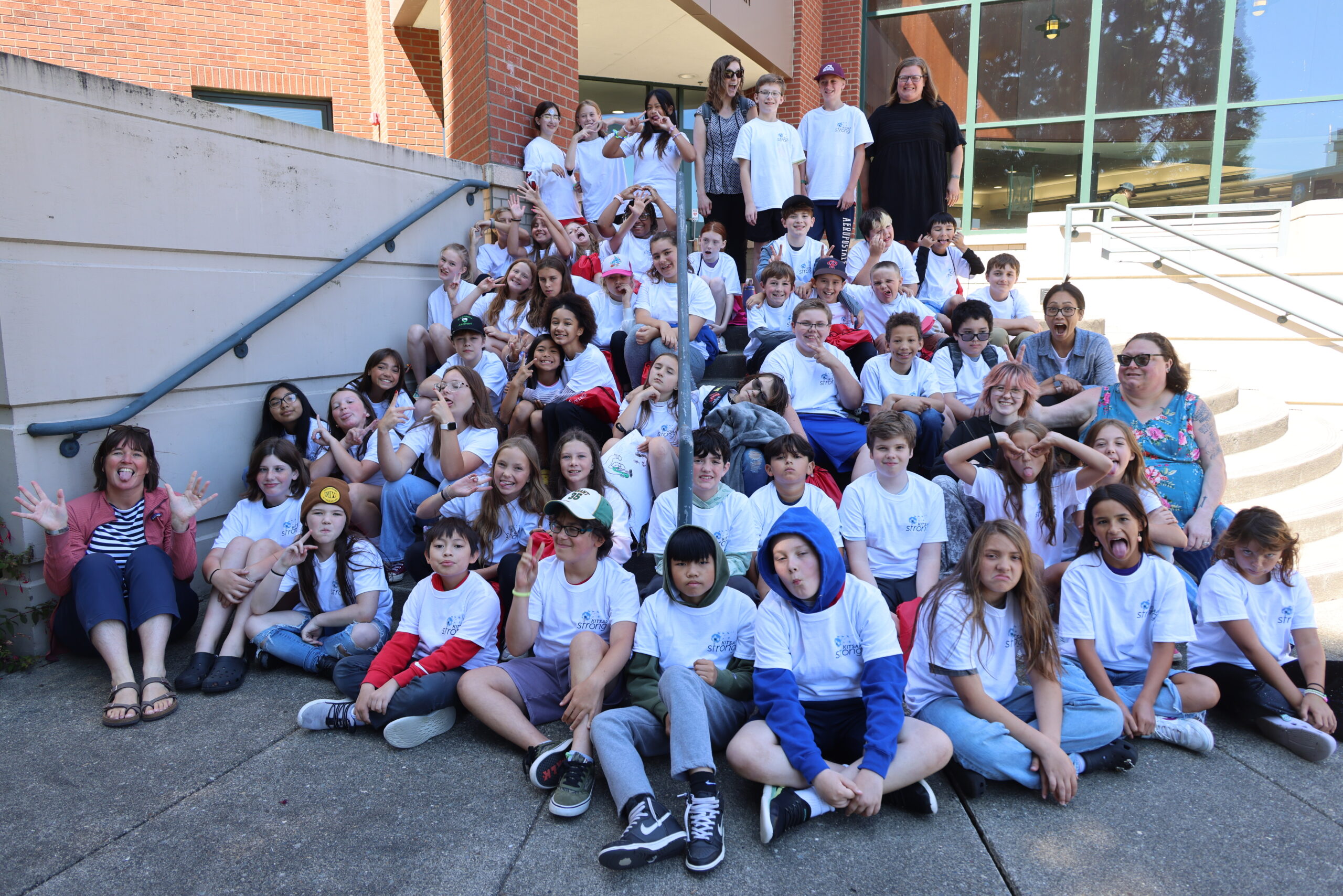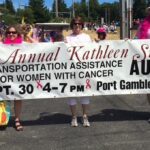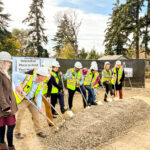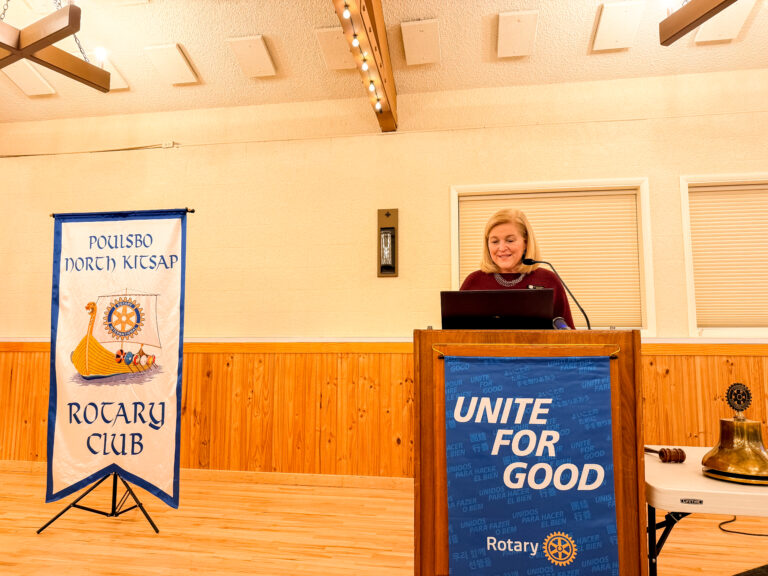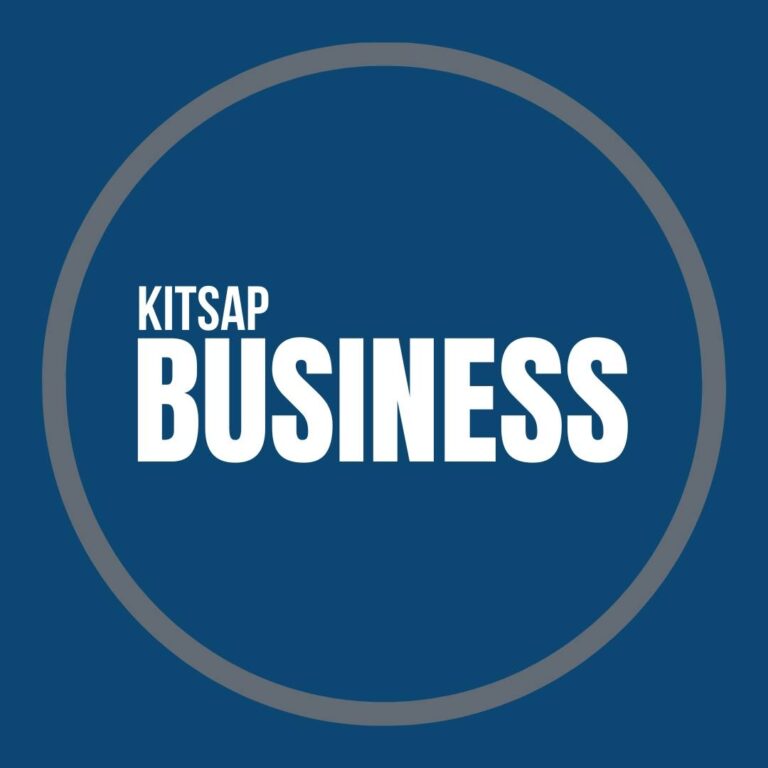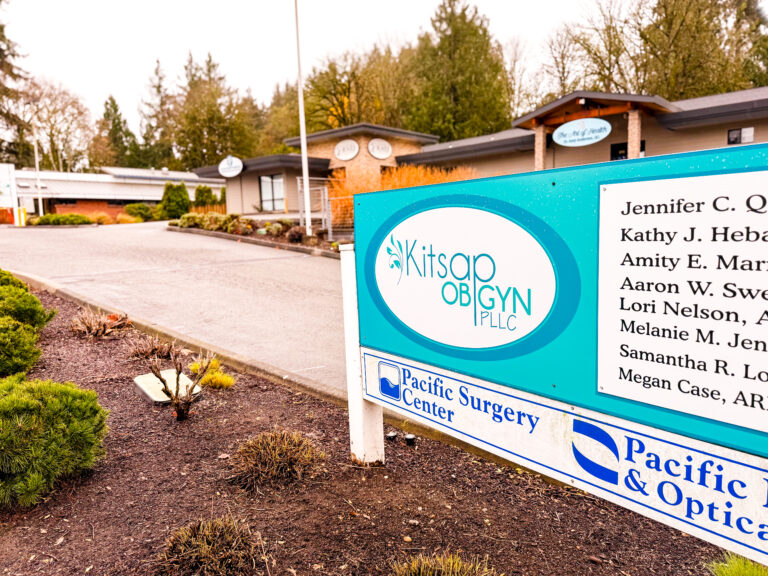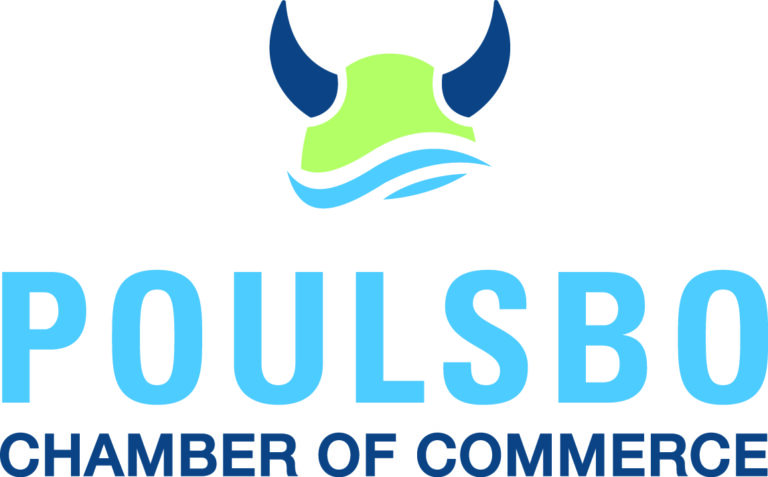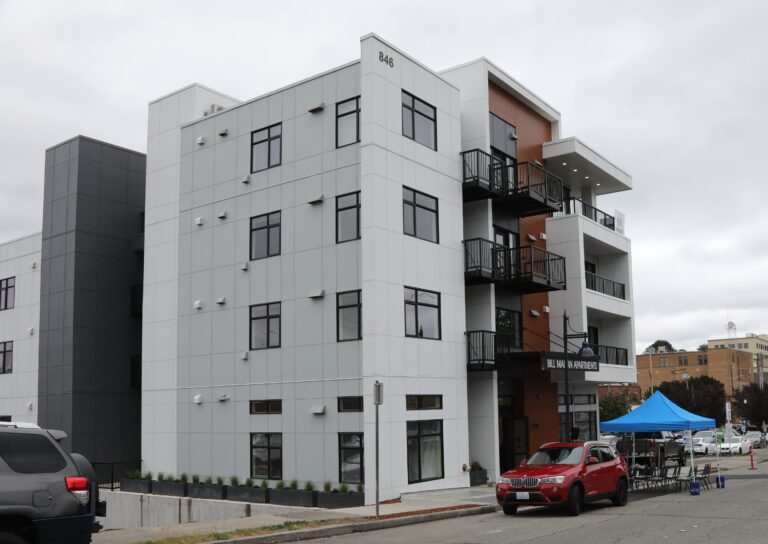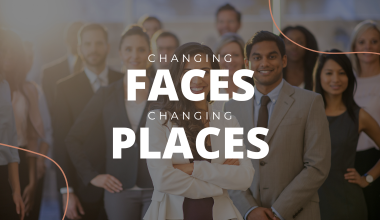Kitsap Strong Leads a Movement for Hope and Resilience
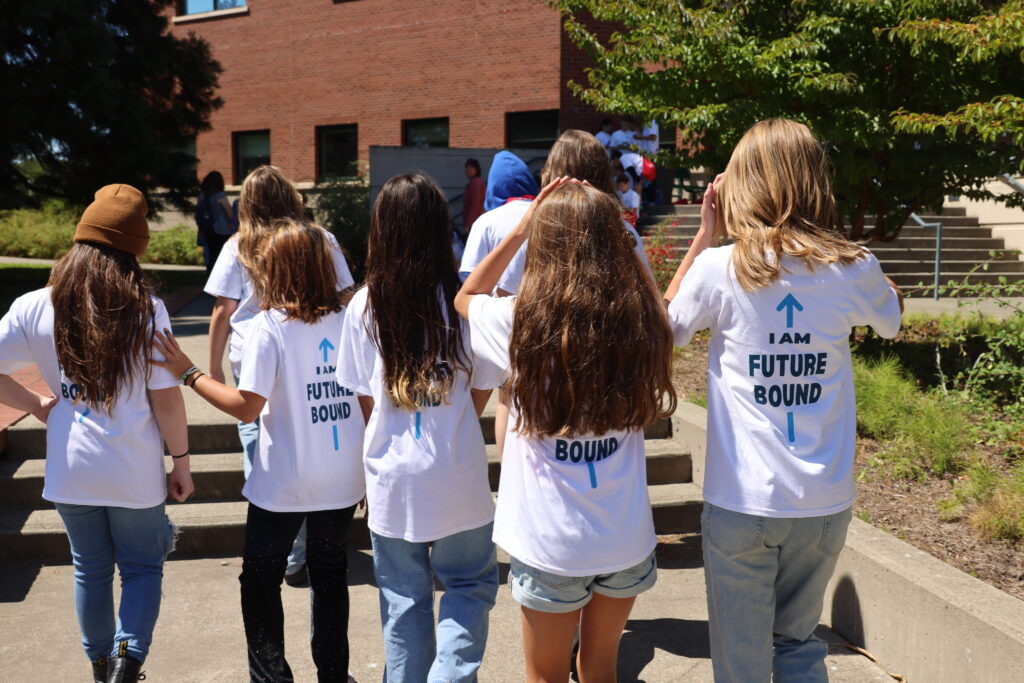
When Cristina Roark talks about Kitsap Strong, she doesn’t describe a traditional nonprofit. She describes a movement — one built on the belief that connection, compassion, and collective effort can change lives. As Executive Director of Kitsap Strong, Roark leads a collaborative community initiative focused on improving the well-being and educational outcomes of Kitsap and North Mason County residents through empowerment, equity, and trauma-informed practices.
“Our mission, plainly put, is to foster systems where everyone in our community has the support they need,” Roark said. “Kitsap Strong’s common agenda is working to “Improve the well-being and educational attainment of Kitsap residents, through a focus on empowerment and equity, the prevention of Adverse Childhood Experiences (ACEs), and the building of community hope and resilience.”
That mission has guided Kitsap Strong since its inception more than a decade ago. Originally formed in 2014 as part of a Kitsap Community Health Priorities working group, the initiative emerged from a countywide assessment that identified the need to reduce Adverse Childhood Experiences (ACEs) — experiences such as abuse, neglect, and household dysfunction that can have long-lasting effects on health and behavior.
But from the start, Kitsap Strong’s leaders understood that addressing trauma required more than awareness. It required changing systems — schools, social services, health care, and even neighborhoods — so that people could heal and thrive, not just survive.
“We are moving from transactional systems to relational ones,” Roark said. “It’s about seeing the whole person across their lifespan and understanding that relationships are at the heart of resilience.”
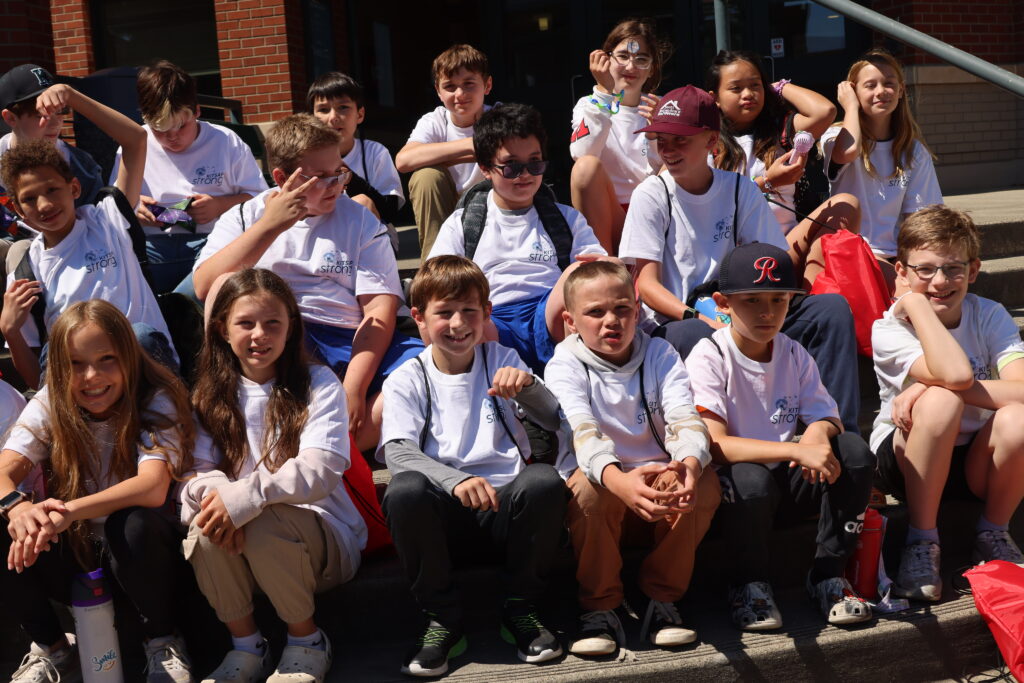
Defining Resilience
For Kitsap Strong, resilience isn’t just a buzzword. It’s a framework for living and leading.
“Resilience grows from key components: community culture and spirituality, attachment and belonging, and personal capability,” Roark said. “It’s not about pulling ourselves up by our bootstraps. It’s about weaving the web of supportive and healthy relationships.”
That web, she explained, extends far beyond individuals. It’s about the collective — families, schools, workplaces, and community institutions — creating conditions where people can flourish. That means honoring culture and tradition, empowering youth and parents, and nurturing a sense of belonging across every level of community life.
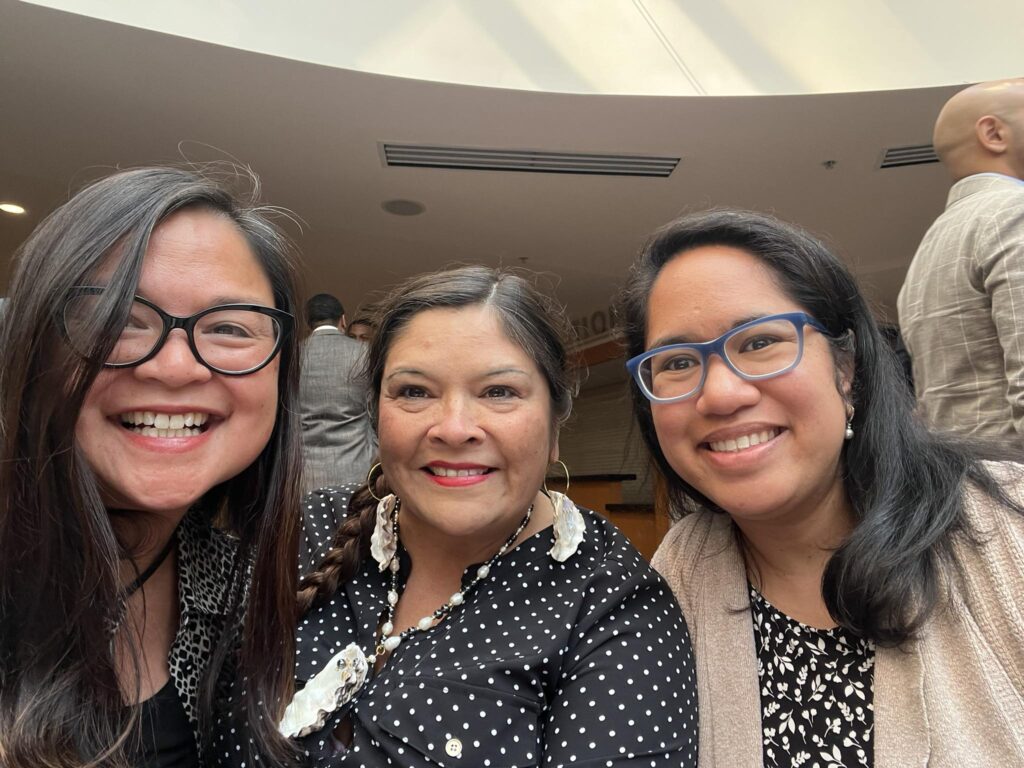
Systems Change in Action
Kitsap Strong calls its approach “collective impact,” a structured form of collaboration that brings together diverse partners to align around shared goals. Instead of focusing on isolated programs, Kitsap Strong facilitates cooperation across systems — schools, nonprofits, government agencies, and businesses — to address root causes and create community-wide change.
“Kitsap Strong is a collaborative community response designed to help individuals across the lifespan develop the knowledge, capabilities, and connections they need to flourish,” Roark said. “In practice, this looks like innovative, uncommon partnerships working toward people-centered solutions under a common framework and language for well-being.”
One example is the Handle With Care program, which supports students who have experienced trauma. When a child is exposed to a traumatic event, first responders can notify school administrators to “handle [the] student with care.” Without disclosing sensitive details, the system ensures educators respond with understanding rather than punishment.
“This is what systems change looks like,” Roark said. “It’s simple but powerful — shifting from ‘What’s wrong with you?’ to ‘What happened to you?’ and ‘How can we help?’”
For adults, Kitsap Strong’s efforts focus on breaking down barriers to opportunity — ensuring access to child care, housing, transportation, and equitable employment. Intergenerationally, the work includes honoring cultural stories, traditions, and languages as essential components of community resilience.
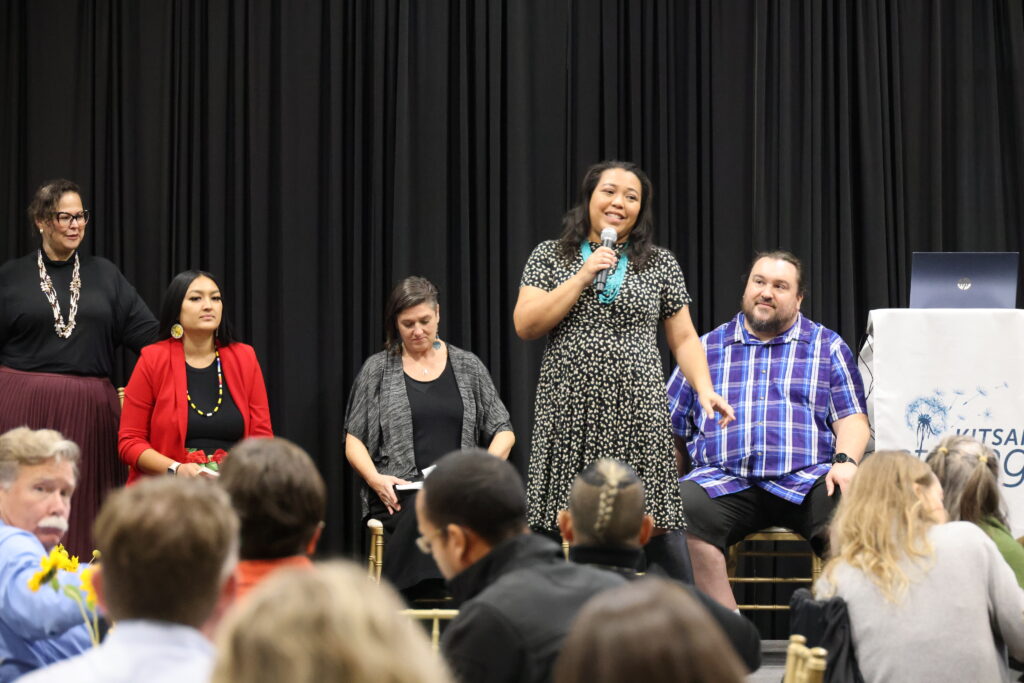
Learning, Not Lecturing
Over time, Kitsap Strong has evolved from hosting collaborative learning academies for organizations to centering the voices of parents, youth, and those with lived experience.
“Current initiatives involve experiential learning for youth to envision their future and for parents to identify their strengths and hone in on their parenting leadership skills,” she said. “We consider ourselves a learning organization and the heart of what we offer is beyond one time trainings, but peer cohorts of practice and support to stretch how we understand offering support and empowering practice.”
This learning approach challenges traditional hierarchies in the nonprofit and social service world. Rather than professionals dictating solutions, Kitsap Strong encourages co-creation — ensuring the people most affected by trauma and inequity are part of designing the systems that serve them.
“We’re in a newer phase of recentering on the communities these services were intended to support and empower,” Roark said.

Collaboration Over Competition
That philosophy of shared leadership extends to how Kitsap Strong works with other organizations. Early on, the initiative invested heavily in relationship-building — creating a “common language and framework” around trauma-informed care and hope-centered approaches.
Today, Kitsap Strong continues to emphasize collaboration over competition.
“Through building relationships and through an acknowledgment of collaboration of local assets and resources while removing ego and competition when in fact we are mission-aligned and should be mobilized towards greatest impact,” she said.
This mindset has been key to Kitsap Strong’s success — and to its longevity. Changing systems takes time, Roark acknowledged, and traditional metrics can’t always capture that progress.
We have lessons learned by originally anchoring ourselves to population level indicators where we could not make a direct correlation to the impact of shifting worldviews of individuals representing institutions.
“Systems change is not measured by one organization’s achievements, but the collective movement towards shared goals,” she said.
But there are a few simple measures for success.
“Alignment by partners with the same vision of thriving children, families, adults, and communities,” she said. “The number of shifting policies, practices, or mindsets to reflect connection, belonging, hope, and resilience.”

Facing Challenges, Fostering Hope
The challenges facing Kitsap communities are real: scarcity mindsets, limited resources, and conditions that fuel confusion, fear, and division. For Roark, overcoming these challenges starts with courage and compassion.
“We have to resist our reactions and take pause to break the cycle of harm,” she said. “That’s where resilience begins.”
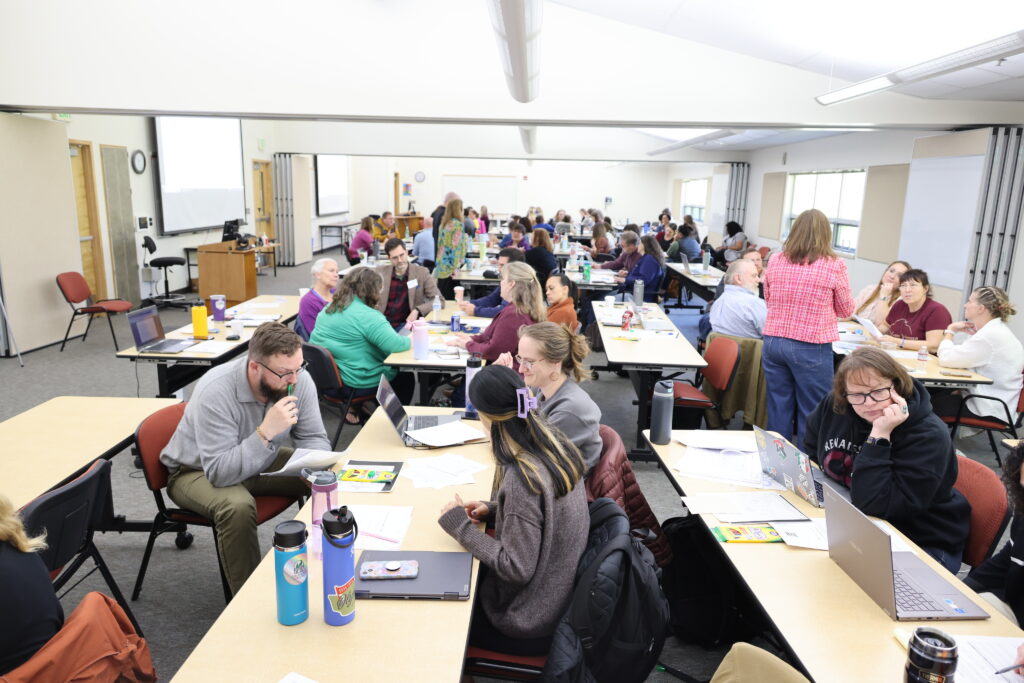
Looking Ahead
As Kitsap Strong continues to grow, Roark’s priorities are both strategic and deeply human. The organization recently became an independent 501(c)(3) nonprofit, and establishing a strong foundation is top of mind.
Roark’s future goals for the organization focus on strengthening community connection and empowerment. She hopes to cultivate a shared commitment to listening with empathy and designing solutions rooted in community voices.
“(We want to) develop predictable and consistent communications to uplift stories of impact and lessons learned for broader reach to spark social innovation,” she said.
“Further down the road, (we plan to) strategically mobilize the collective of cross-sector resources working with community members across the lifespan to build the leadership capacity in those with lived experiences until we all become empowered to access economic opportunities to thrive and flourish,” she said.
That vision — of a community where everyone is seen, heard, and valued — reflects both Kitsap Strong’s mission and Roark’s personal calling.
“The alignment with my values — wishing all people to be seen, heard, and valued — continues to draw me to this work despite the long view for impact,” she said.
How to Get Involved
Kitsap Strong’s impact depends on community participation. Local businesses, schools, and residents all have a role to play.
“Contact us at info@kitsapstrong.org and let’s connect on what they feel passionate about offering whether it be caring mentoring and coaching support for achieving goals, knowledge and expertise as a presenter, carrying water, or offering financial stipends to offset barriers to participation in learning events,” she said.
For those unsure where to start, Roark encourages small, consistent acts of connection.
“Consistency in healthy connections and empowering supports — keeping people accountable to reaching their potential — will break the cycle of traumatic responses and behaviors,” she said.
A Community United
At its heart, Kitsap Strong’s work is about transformation — of systems, yes, but also of culture and consciousness. It’s about replacing judgment with curiosity, isolation with belonging, and fear with hope.
“We could break the cycle of trauma and expect resilient behavior if we examined root causes of harm and traumatization, and meanwhile until those are resolved, we have tools for relational rupture and repair rather than the mob mentality of passing judgement and making assumptions,” she said.
It’s a philosophy that invites everyone to participate in the collective work of healing.
“That’s where we see resilience, where we move through things together,” she said.
For more information, visit kitsapstrong.org.
Keep in touch with our news & offers
Subscribe to Our Newsletter
Thank you for subscribing to the newsletter.
Oops. Something went wrong. Please try again later.
